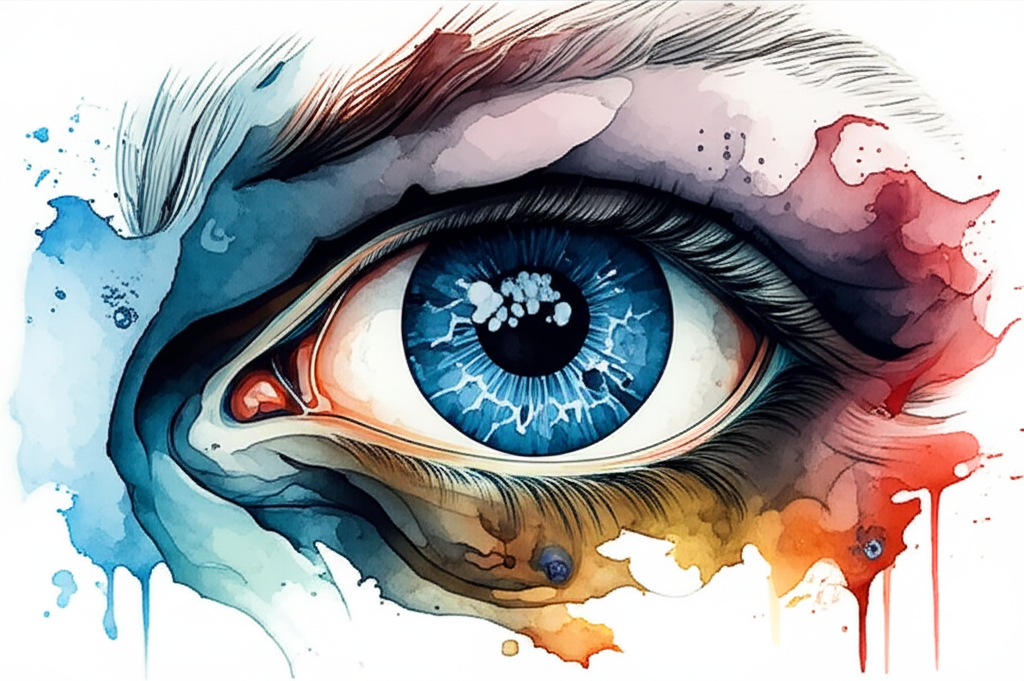
The belief in the evil eye, a malevolent gaze capable of inflicting harm, is a superstition deeply embedded in cultures around the world. This belief centers on the idea that an envious or malevolent glare can cause misfortune, illness, or even death to the recipient. Its origins can be traced back to some of the earliest civilizations, and it continues to influence practices and beliefs in many societies today.
The origins of the evil eye superstition are ancient, with documented references appearing in the writings of classical Greek and Roman figures. Poets and philosophers such as Aristophanes, Plutarch, and Pliny the Elder alluded to its power, solidifying its place in the ancient world. The fundamental principle underlying this belief is that individuals possessing the “evil eye,” often characterized by a jealous spirit, can unintentionally cast a curse upon others simply by looking at them with envy. This envious gaze, fueled by coveting the good fortune of another, is believed to be the catalyst for the curse.
Biblical references also hint at the concept of the evil eye. Proverbs 23:6 warns against consuming the food of someone with an “evil eye,” implying that such a person’s influence can be detrimental. This verse reinforces the idea that negativity and envy can be transmitted through interactions and relationships.
The effects of the evil eye curse are diverse, varying slightly across different cultures. As noted by the late Alan Dundes, a professor of folklore and expert on the evil eye, the belief in its power spread throughout the Middle East, Africa, and Europe, particularly the Mediterranean region. Despite regional variations in methods to avert the curse, the feared consequences often shared common themes. These included diseases related to dehydration, such as vomiting, wasting, or shriveling, sometimes leading to death. These symptoms reflect the belief that the evil eye drains the vitality and well-being of its victim.
Across cultures, young children are often considered the most vulnerable to the evil eye. This susceptibility is attributed to their perceived innocence and beauty, qualities that are believed to attract envious glances. The act of praising a child’s appearance is thought to increase the risk of attracting the evil eye. Consequently, many cultures have developed customs to counteract this perceived threat. In some countries, it is customary to touch a child immediately after praising them, intending to dispel any potential curse. In Bangladesh, mothers may apply a black kohl mark behind their daughters’ ears to deflect envy and protect them from ill effects. In the Middle East and some Mediterranean countries, glass amulets featuring a blue eye are worn as jewelry or hung over doorways to repel the evil eye’s power. The use of blue is often attributed to the relative rarity of blue eyes in these regions; blue-eyed tourists who failed to recognize that photographing or cooing over children was frowned upon may have further underlined the superstition.
Various other protective measures exist across different cultures. Jewish tradition involves tying a piece of red string around children’s wrists for protection. In Italy, where the curse is believed to affect men and cause impotence, a hand gesture resembling horns is used as a countermeasure. While these preventive measures are now largely considered symbolic, their historical significance highlights the deep-seated fear and anxiety associated with the evil eye. In the past, before modern medical understanding, the prevalence of diseases causing dehydration in young children often led to attributing these deaths to the influence of the evil eye. Today, the belief in the evil eye persists as a cultural phenomenon, often intertwined with folk traditions and spiritual beliefs, even as scientific explanations offer alternative understandings of illness and misfortune.